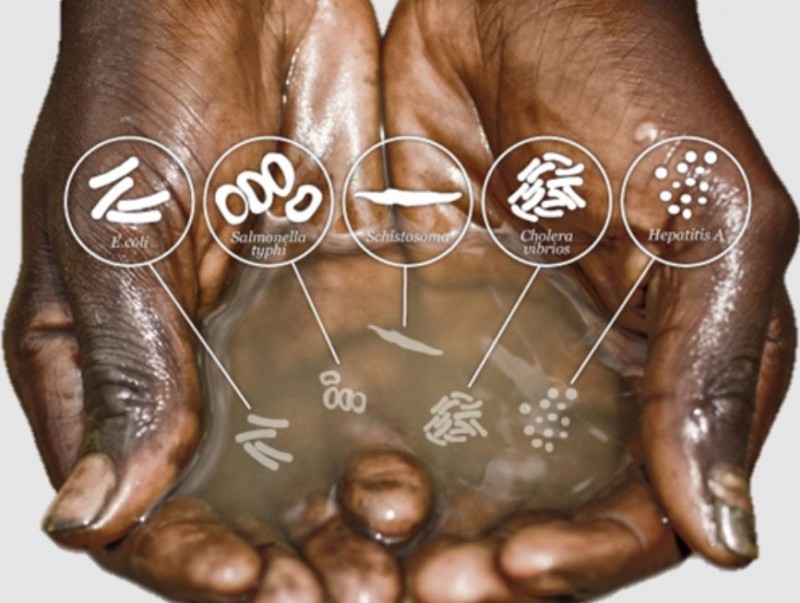As the rainy season approaches, it's important to understand the various factors that contribute to the increased risk of waterborne diseases. These illnesses are often caused by contaminated water sources and poor sanitation practices. In this article, we'll delve into the key factors that heighten the susceptibility to waterborne diseases during the rainy season, emphasizing the need for awareness and preventive measures.
Rainfall and Contamination
- Rainwater Runoff: Heavy rainfall can lead to the contamination of water bodies due to the runoff from urban areas, agricultural fields, and industrial zones.
- Pollutant Transport: Rainwater carries pollutants, debris, and microbial agents into water sources, making them breeding grounds for disease-causing microorganisms.
Overwhelmed Sewage Systems
- Sewage Overflow: Excessive rain can overwhelm sewage systems, leading to the discharge of untreated sewage into rivers and lakes.
- Pathogen Exposure: This increases the exposure of pathogens to water sources, making them hazardous to human health.
Stagnant Water Puddles
- Puddle Formation: Rainwater accumulation in potholes, containers, and other surfaces can create stagnant puddles.
- Mosquito Breeding: Stagnant water provides a breeding ground for disease-spreading mosquitoes, amplifying the risk of vector-borne illnesses.
Contaminated Drinking Water
- Water Source Contamination: Wells and groundwater sources can become contaminated during the rainy season due to increased infiltration of pollutants.
- Inadequate Treatment: Lack of proper water treatment and purification methods can result in the consumption of contaminated water.
Poor Sanitation and Hygiene
- Overflowing Toilets: Heavy rain can lead to the overflowing of pit latrines and septic tanks, contaminating nearby water sources.
- Hand Hygiene Challenges: Rainy conditions can make it difficult to maintain proper hand hygiene, increasing the chances of disease transmission.
In conclusion, the rainy season brings about a heightened risk of waterborne diseases due to factors such as rainfall-induced contamination, overwhelmed sewage systems, stagnant water puddles, contaminated drinking water sources, and poor sanitation practices. To mitigate these risks, it's essential to raise awareness about proper sanitation, safe drinking water practices, and the importance of maintaining hygiene during the rainy season.
Ladies, Discover the Wonders of Ashwagandha for Your Well-Being
Understanding the Problems Arising from Barrett's Oesophagus
Age Spots: Causes, Treatment, and Prevention
